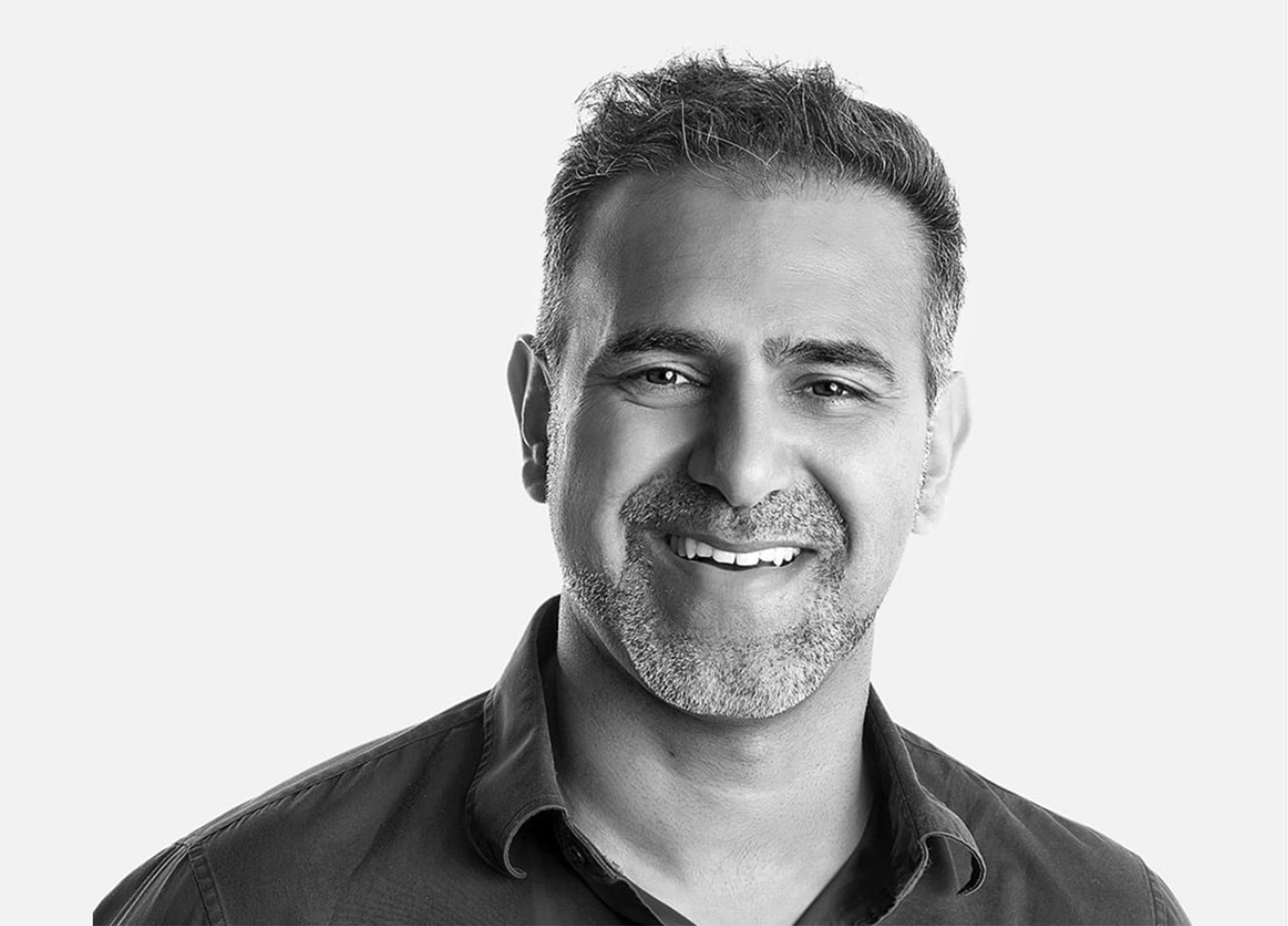Ethics vs Finances
Featured Products Promotional FeaturesPosted by: Dental Design 16th March 2020

In the modern dental profession, professionals are often faced with the challenge of balancing ethics with finances. Of course, the priority is always to deliver the best care for the individual patient. However, in some circumstances, finances may have an influence over what the GDP is able to provide and what the patient accepts.
It is essential for GDPs to be aware of all suitable treatment options for every patient. Only in doing so can they ensure the most ethical procedures are recommended. This means undergoing appropriate training and seeking quality support that will help you to do the right thing for the right patient at the right time.
Treatment invasiveness and ethics
Recently, the ethical debate has been about excessive restorative treatment (veneers and crowns) when there are conservative alternatives and if it is more ethical to offer solutions that are less destructive of tooth tissue. Of course, there will always be situations where no other solutions will provide an acceptable result for the patient, but in many cases, the disadvantages of destructive treatment outweigh the benefits. Often in these cases, orthodontics with minimally invasive restorative treatment is a better choice. However, a lack of knowledge among the profession regarding what orthodontics offers can prevent some from maximising on the benefits available. This lack of knowledge is partially due to poor education, but can also be driven by financial reward.
Anterior Alignment Orthodontics (AAO) can bridge the gap between aesthetics, function and minimally invasive dentistry. Especially when combined with bleaching and bonding (the Align Bleach Bond or ABB concept), this combination of “simple” orthodontics enables significant improvement in smile aesthetics, without the need for substantial preparation of the teeth. It uses minimally invasive restorative treatment, which is simpler to deliver and maintain for both GDP and patient. The big advantage of AAO is that it is often more cost-effective than extensive veneers and/or crowns, and this benefit is widely appreciated by patients.
As AAO focuses on the anterior teeth, it does not require the skills of an orthodontic specialist and so is more accessible to patients. Of course, correct case assessment and selection is essential to make sure that GDPs deliver safe and effective treatment. It is equally important for dentists to understand and recognise what is and is not within their skills and that referrals are still required for complex cases beyond the GDP’s experience.
Training and support irrespective of previous training and system
IAS Academy training is designed to be applied to any and all orthodontic appliances including removables, aligners and fixed appliances. What sets IAS Academy apart from other training providers is the team’s focus on a comprehensive approach to cases that combines restorative, orthodontic, functional and aesthetic dentistry. Training promotes a strict treatment pathway of assessment, diagnosis, case selection and planning, with support and mentorship from experts available every step of the way. Courses form a complete skills escalator from Level 1 (“simple” anterior alignment) to Level 4 (comprehensive treatment, including extractions). With emphasis on the life-long patient, all courses encourage GDPs to change the way they think about treatment planning and execution. What will be best for the patient over the next 5, 10, 30 years?
It’s about GDPs understanding what will offer their patients the best solution, which will last and will be simple repair (if required) in a decade’s time. This not only ensures ethical dentistry, but it also strengthens the important patient-dentist relationship. Building rapport with patients over time makes a huge difference to both parties. Practitioners will better understand what their patients want and patients appreciate that their dentist is acting in their best interests. An added benefit for the practice team is that this increases patient trust, improves compliance with oral health advice and reduces the risk of complaints and litigation.
Do unto others as you’d do unto yourself
It might be cliché, but it holds true in dentistry – if you do the right thing for the right patient at the right time, the financial rewards will follow. All practices have a business to run and the business needs to be successful in order to support the dentists, their families and their teams, while also continuing to provide access to quality dental care for the local community. However, short term financial success should not be the main driving force behind the business. Instead, it should be about delivering ethical treatment to meet or exceed patient expectations. Their satisfaction and resulting patient driven referrals will quickly bring the business growth needed to thrive.
For more information on upcoming IAS Academy training courses, please visit www.iasortho.com or call 01932 336470 (Press 1)









